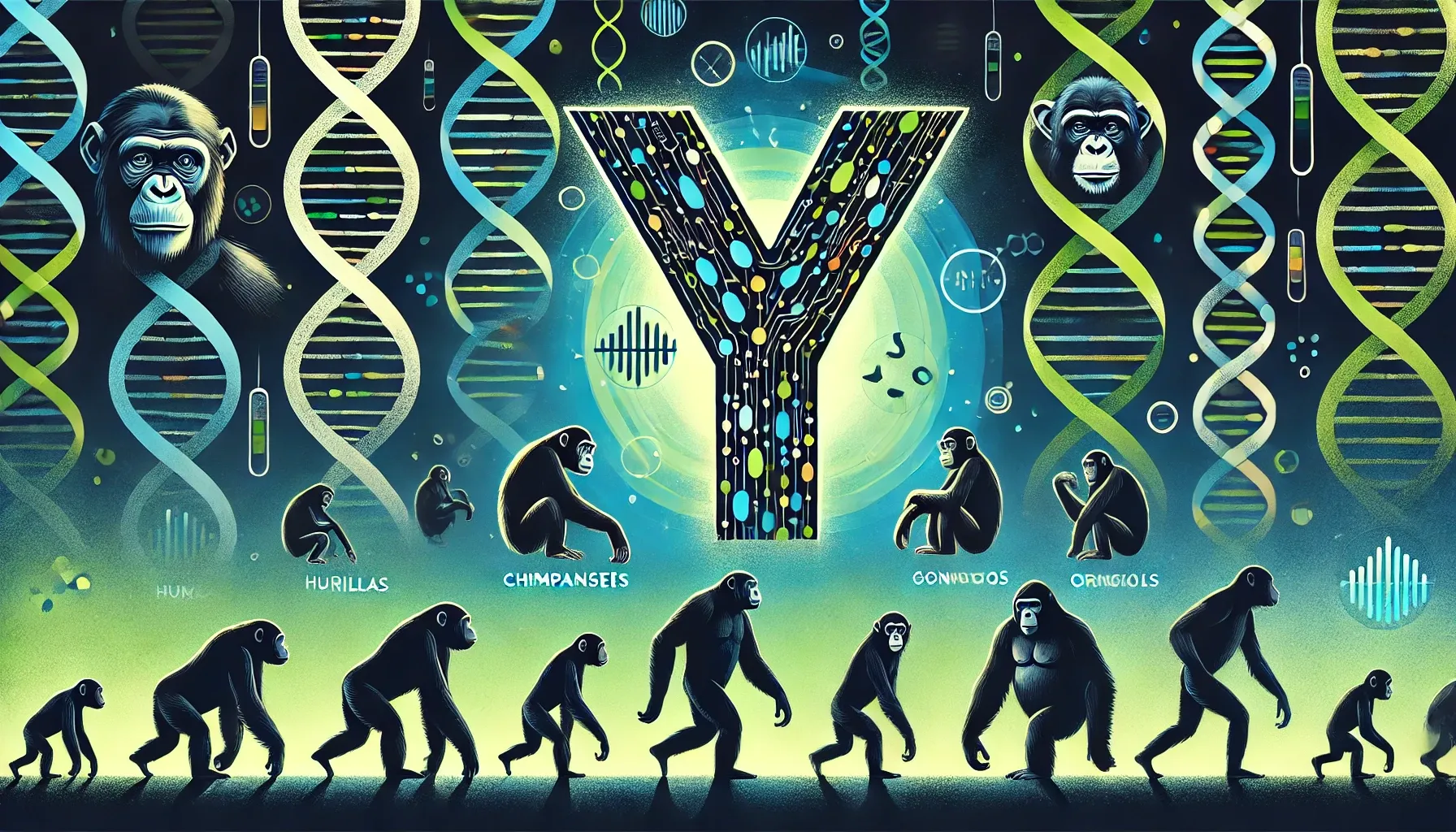Evolutionary Insights from the Y Chromosome: A Study Across Great Apes
Understanding Our Sex Chromosomes
The 23rd pair of chromosomes, known as the sex chromosomes, determine our biological sex. Most females have two X chromosomes, while most males have one X and one Y chromosome. Since 2010, scientists have observed that the Y chromosome in humans is rapidly evolving. A recent study extends this discovery, showing that the Y chromosome is also rapidly evolving across all Great Apes, our closest relatives.
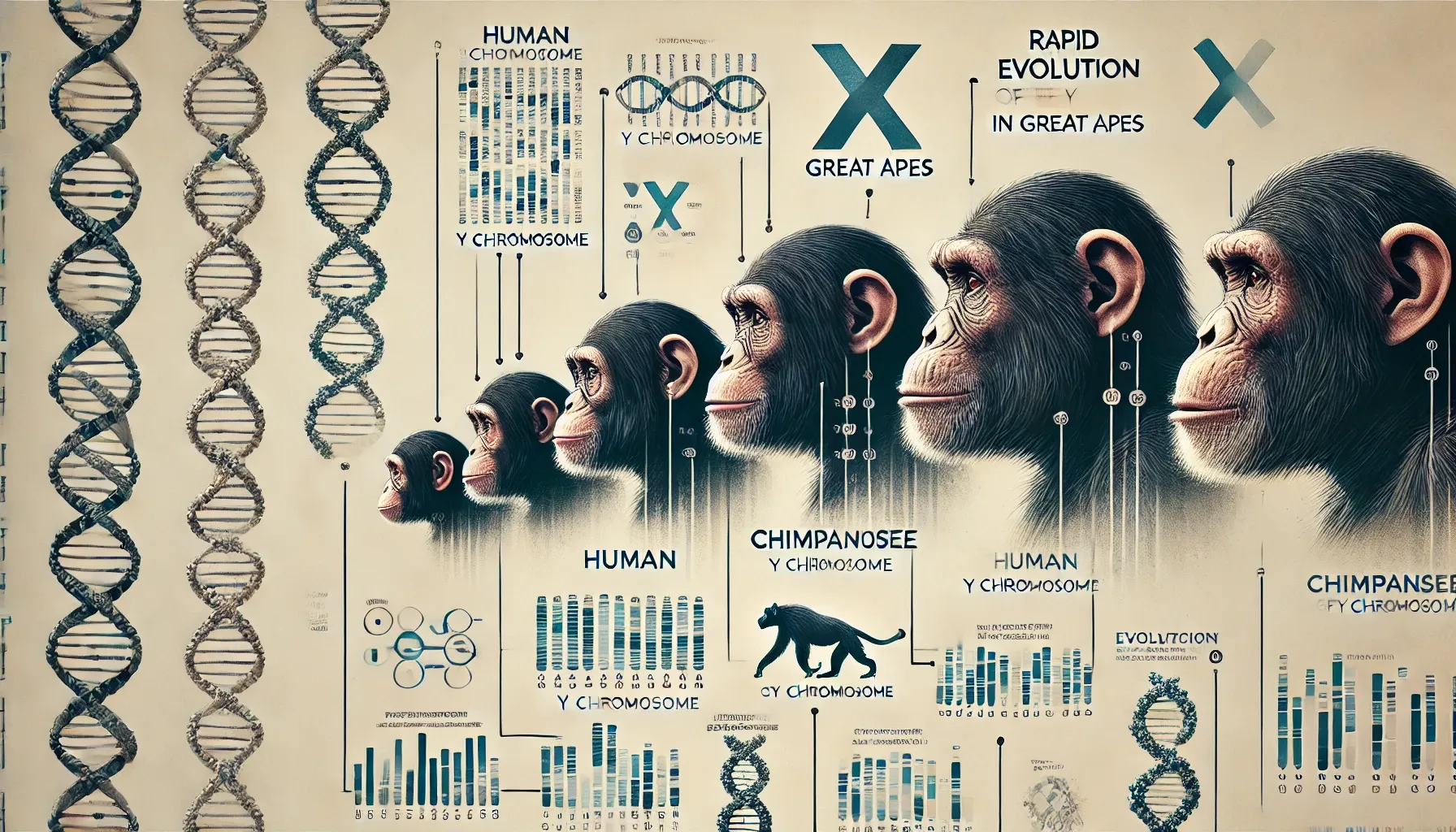
Rapid Evolution in Great Apes
The study, conducted by researchers from Penn State, the National Human Genome Research Institute, and the University of Washington, found that the Y chromosome exhibits significant variability even within species of the same genus, such as chimpanzees and bonobos. This challenges the previous notion that the Y chromosome was largely static and unchanging.
Comparative Genomics Using T2T Sequencing
Using telomere-to-telomere (T2T) sequencing, a method that analyzes the protective caps of chromosomes, researchers compared Y chromosomes across six species: humans, chimpanzees, bonobos, western lowland gorillas, Bornean and Sumatran orangutans, and siamang gibbons. They discovered that the Y chromosome shows much greater variability than the X chromosome. For example, while the X chromosomes of humans and chimpanzees are about 98 percent identical, only about one-third of their Y chromosomes match.
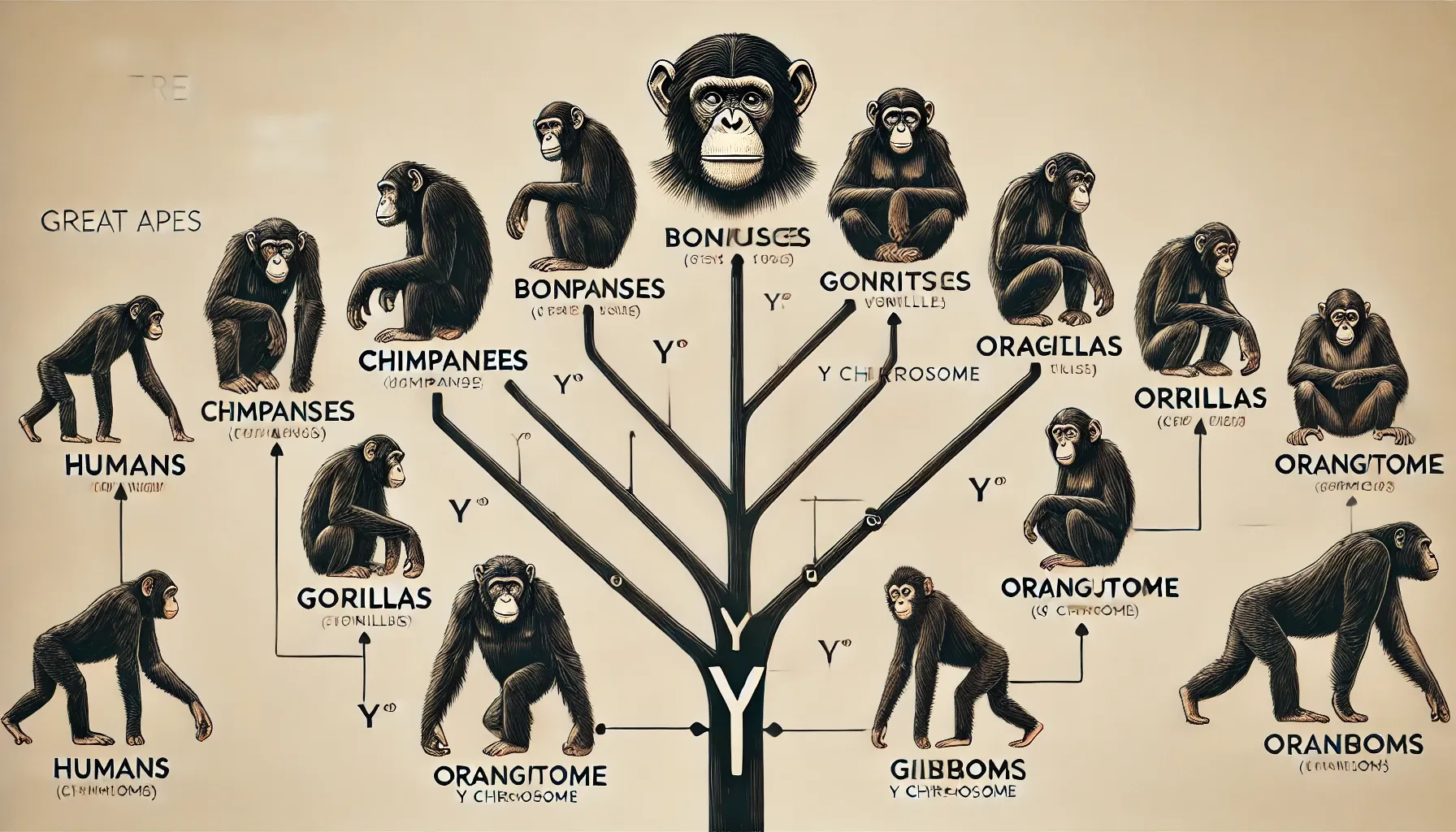
Implications of Y Chromosome Evolution
The study's findings, published in the journal Nature, highlight the unique evolutionary path of the Y chromosome. "Sex chromosomes started like any other chromosome pair," explained Kateryna Makova of Penn State. "But the Y has accumulated many deletions, mutations, and repetitive elements because it does not exchange genetic information with other chromosomes over most of its length."
This rapid evolution does not imply that individuals with a Y chromosome are more evolved. Instead, it underscores the intense evolutionary pressures on the Y chromosome, particularly through "male mutation bias." This phenomenon occurs because sperm production involves far more replication cycles than egg production, increasing the chances of mutations.
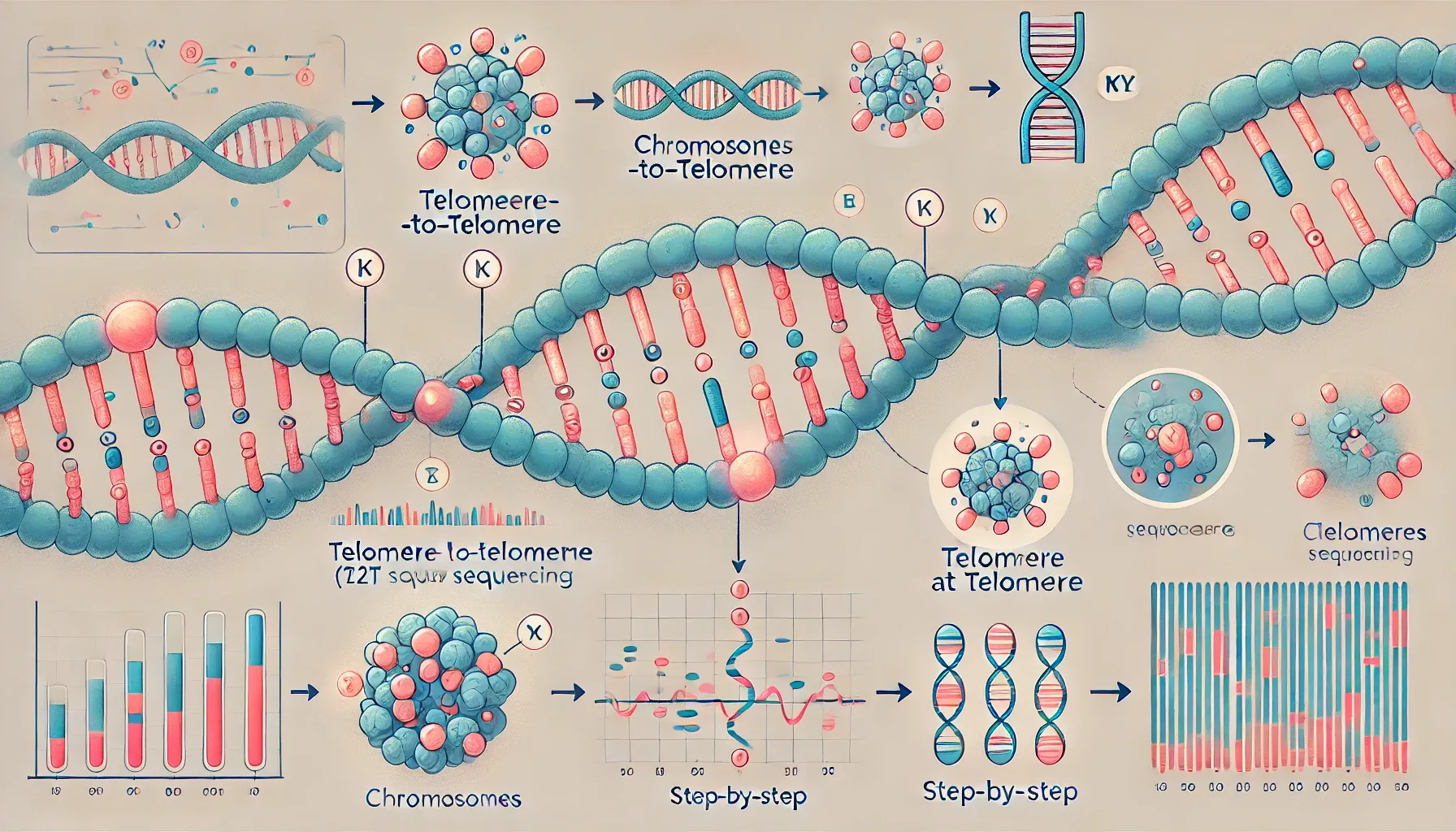
Conservation and Future Research
Understanding the variability in Y chromosomes among Great Apes can aid human health research and help conserve endangered primate species. "It's important to remember that these great ape species are all endangered," Makova noted. "Not only can we learn about human evolution from these sequences, but we can apply our knowledge to better understand the biology and reproduction of these endangered species."
This research opens new avenues for studying the evolutionary dynamics of sex chromosomes and underscores the importance of genetic diversity in conservation efforts. By comparing the Y chromosomes across Great Apes, scientists can gain insights into both human health and the conservation of our closest evolutionary relatives.
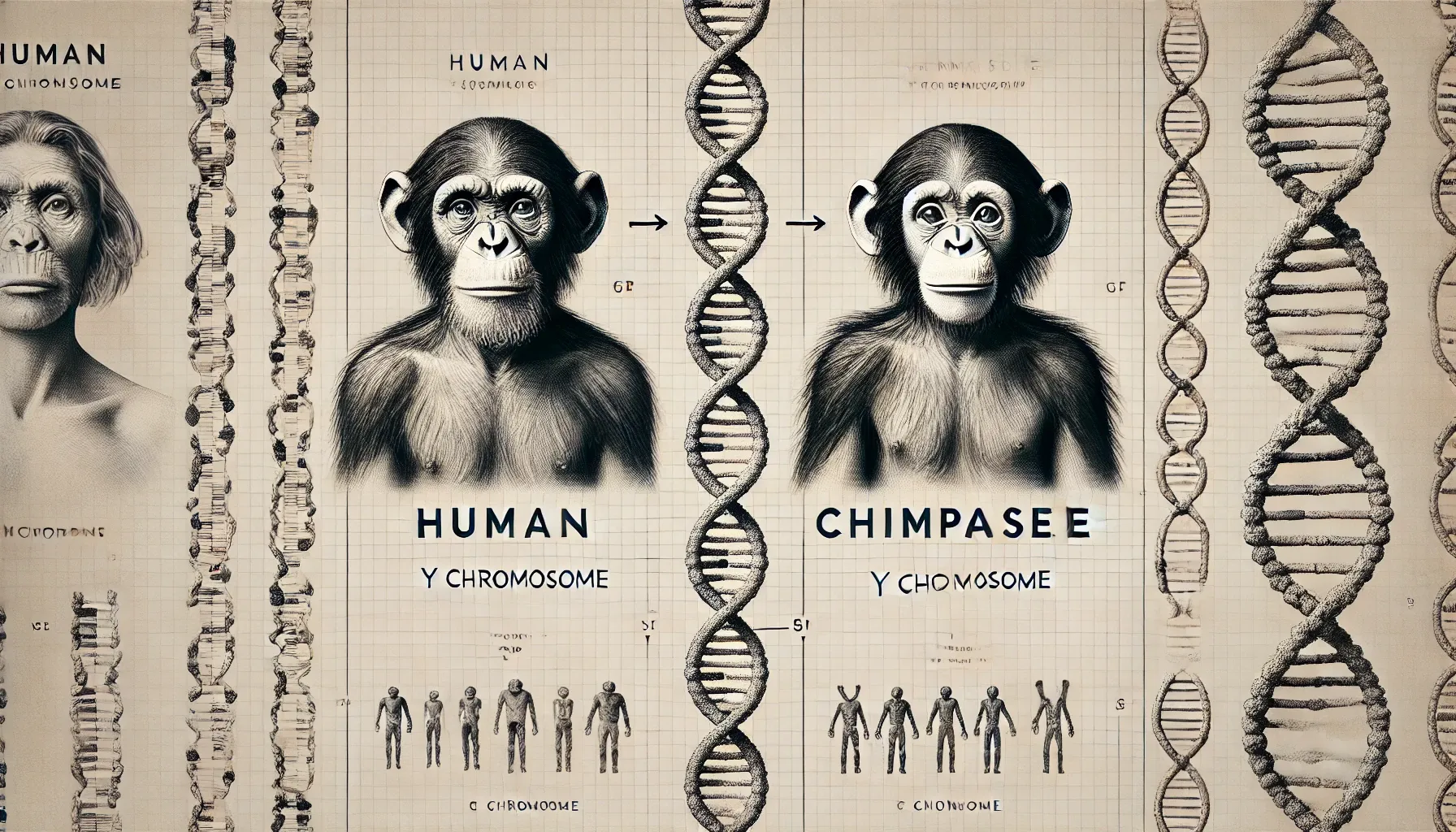
Implications for the Future of Genetics
The findings from this study have profound implications for the future of genetics. Here are several key takeaways:
1. Enhanced Understanding of Human Evolution
The rapid evolution observed in the Y chromosome not only reshapes our understanding of genetic diversity but also provides a deeper insight into the evolutionary pressures that have shaped human development. This can lead to new theories and models of human evolution, improving our understanding of our own genetic history.
2. Advances in Medical Research
The study highlights the importance of the Y chromosome in understanding genetic disorders and male-specific diseases. By identifying the mutations and variations in the Y chromosome, researchers can develop better diagnostic tools and targeted treatments for conditions linked to Y chromosome anomalies.
3. Conservation Genetics
For endangered Great Ape species, understanding the genetic variability of the Y chromosome can inform conservation strategies. It can help identify genetic health issues within populations and guide breeding programs to maintain genetic diversity, ultimately aiding in the survival of these species.
4. Evolutionary Biology
The study underscores the significance of male mutation bias and the evolutionary dynamics of sex chromosomes. This can lead to more comprehensive models of how genetic mutations accumulate and influence species over time, contributing to the broader field of evolutionary biology.
5. Genomic Technologies
The use of advanced sequencing techniques, such as telomere-to-telomere (T2T) sequencing, demonstrates the potential for new genomic technologies to uncover previously hidden aspects of our genome. These technologies will continue to evolve, providing more precise and comprehensive data for genetic research.
6. Interdisciplinary Research
The findings encourage a multidisciplinary approach, combining genetics, evolutionary biology, and conservation science. This holistic perspective can lead to more integrated and effective research outcomes, bridging gaps between different scientific domains.
Conclusion
The rapid evolution of the Y chromosome in humans and other Great Apes is a compelling discovery that promises to advance our understanding of genetics, evolution, and conservation. By leveraging these insights, scientists can drive forward innovations in medical research, enhance conservation efforts, and unravel the complex mechanisms of genetic evolution. As our genomic technologies improve, the future of genetics will likely bring even more groundbreaking discoveries, enriching our knowledge and impacting various fields of science and medicine.
